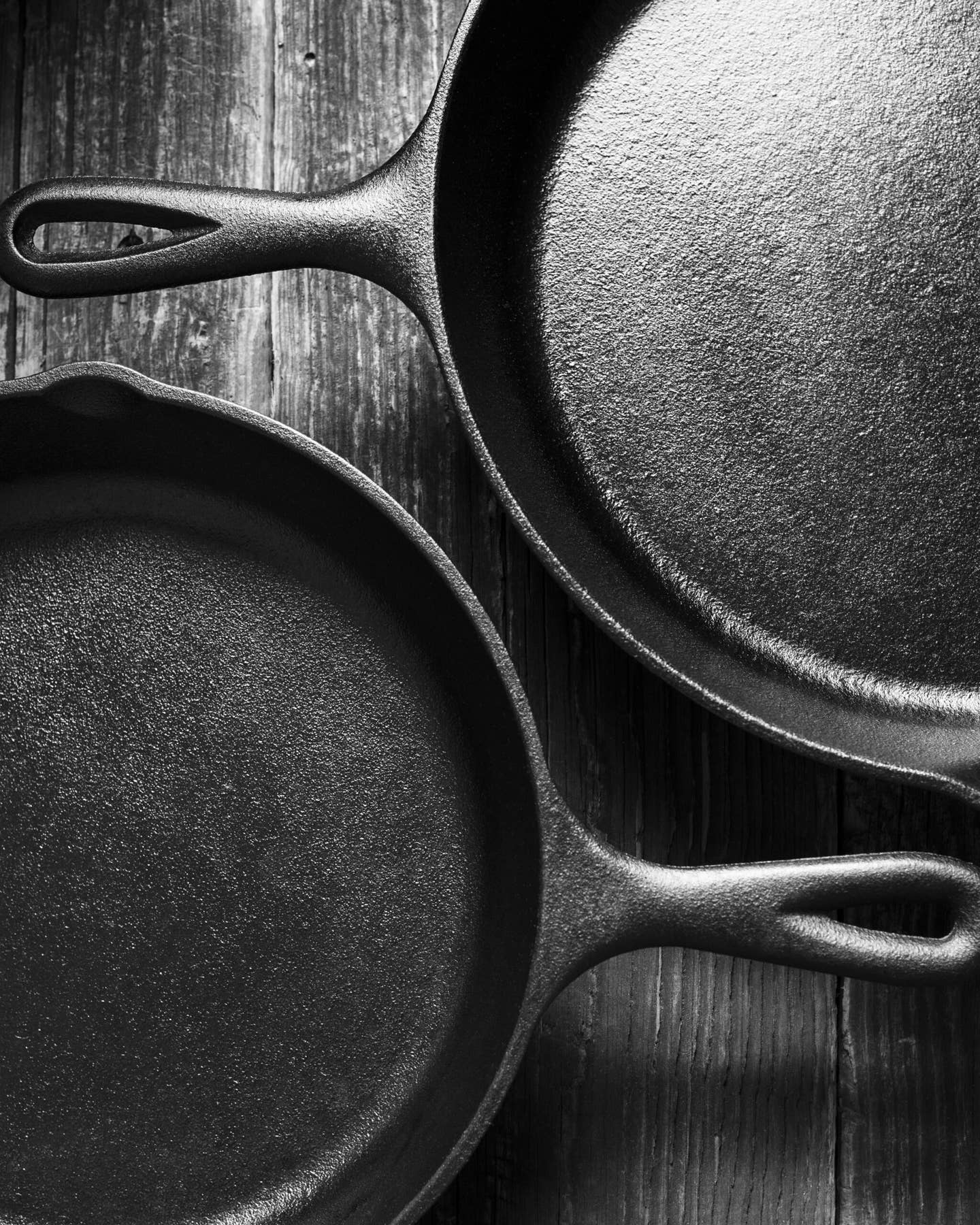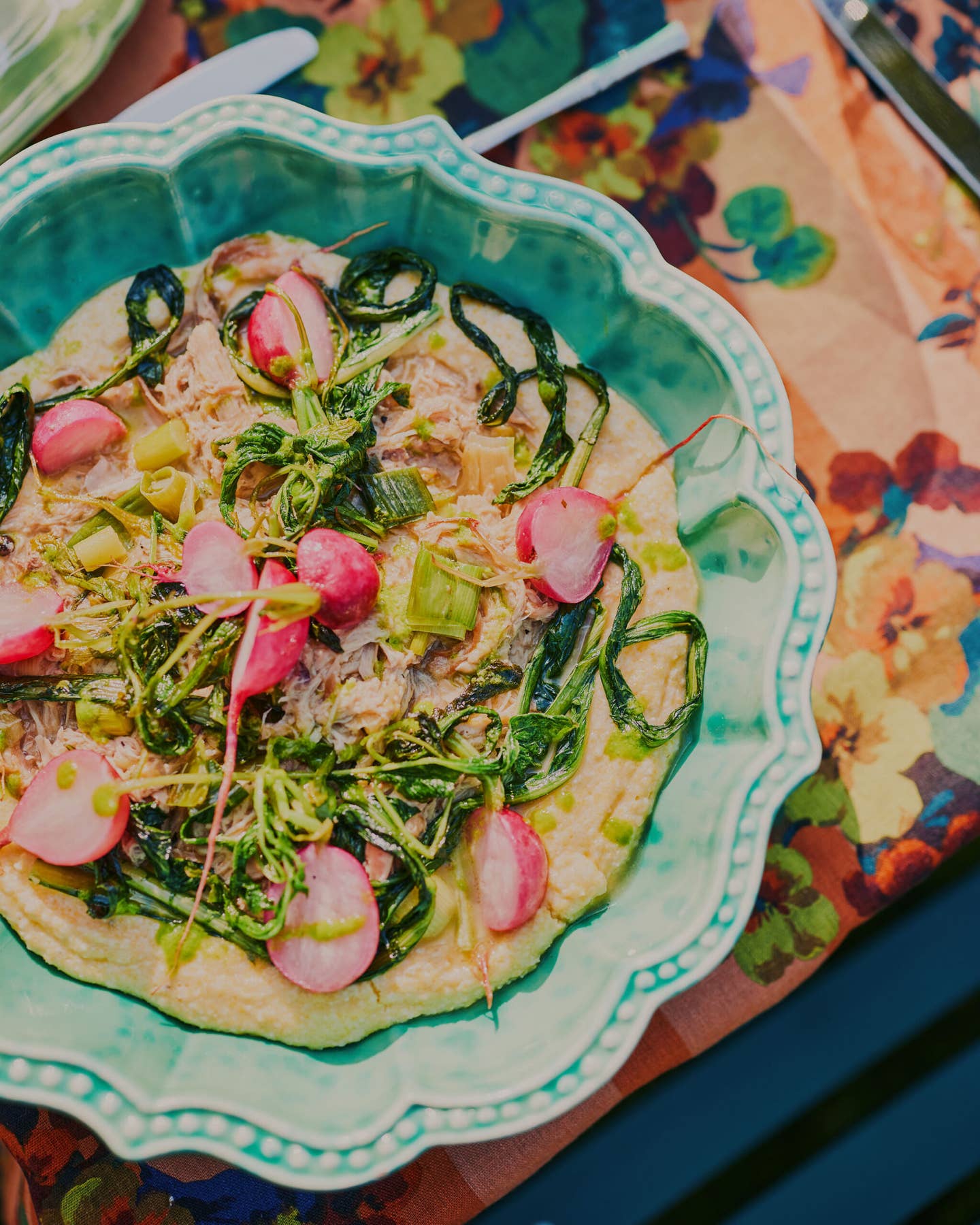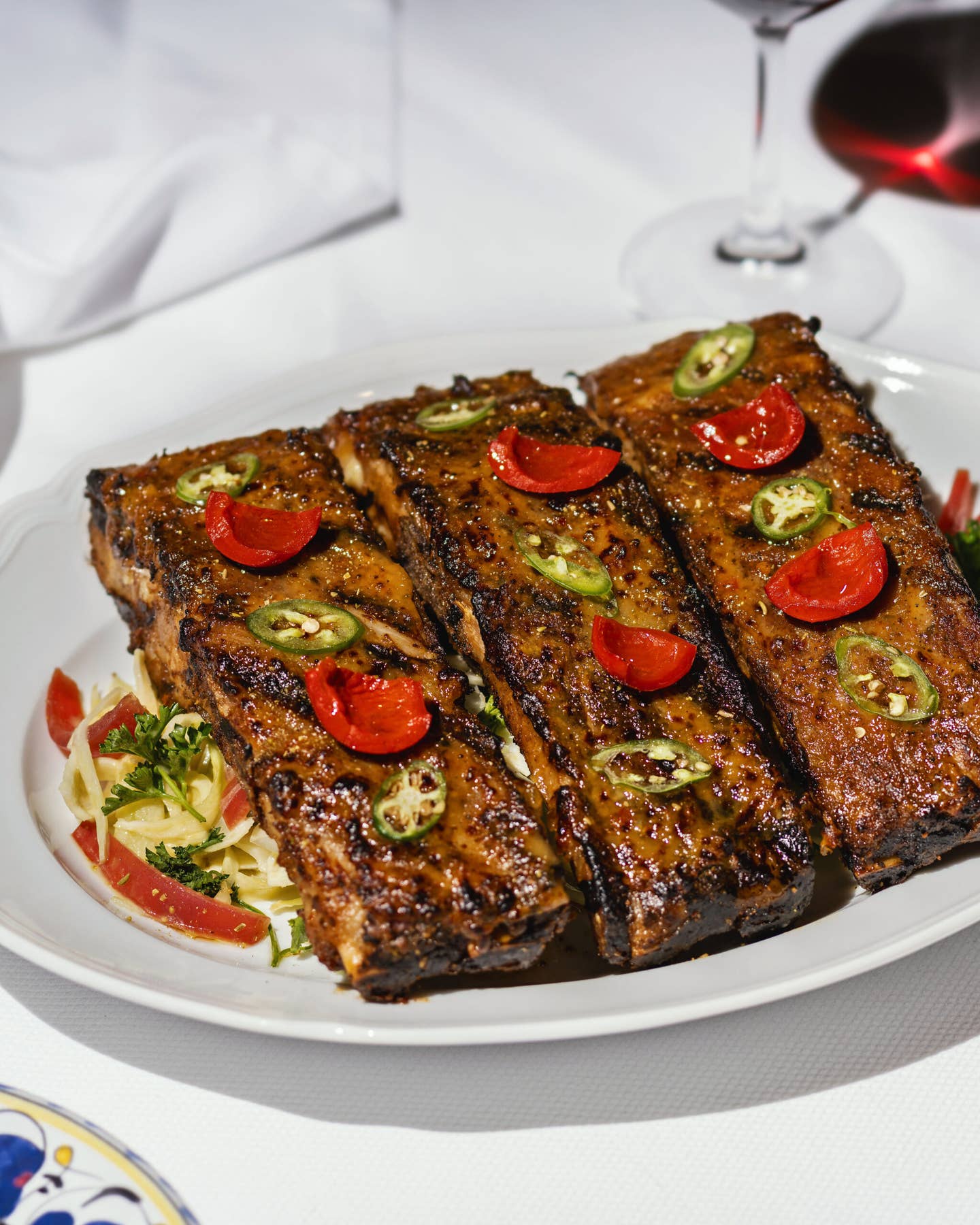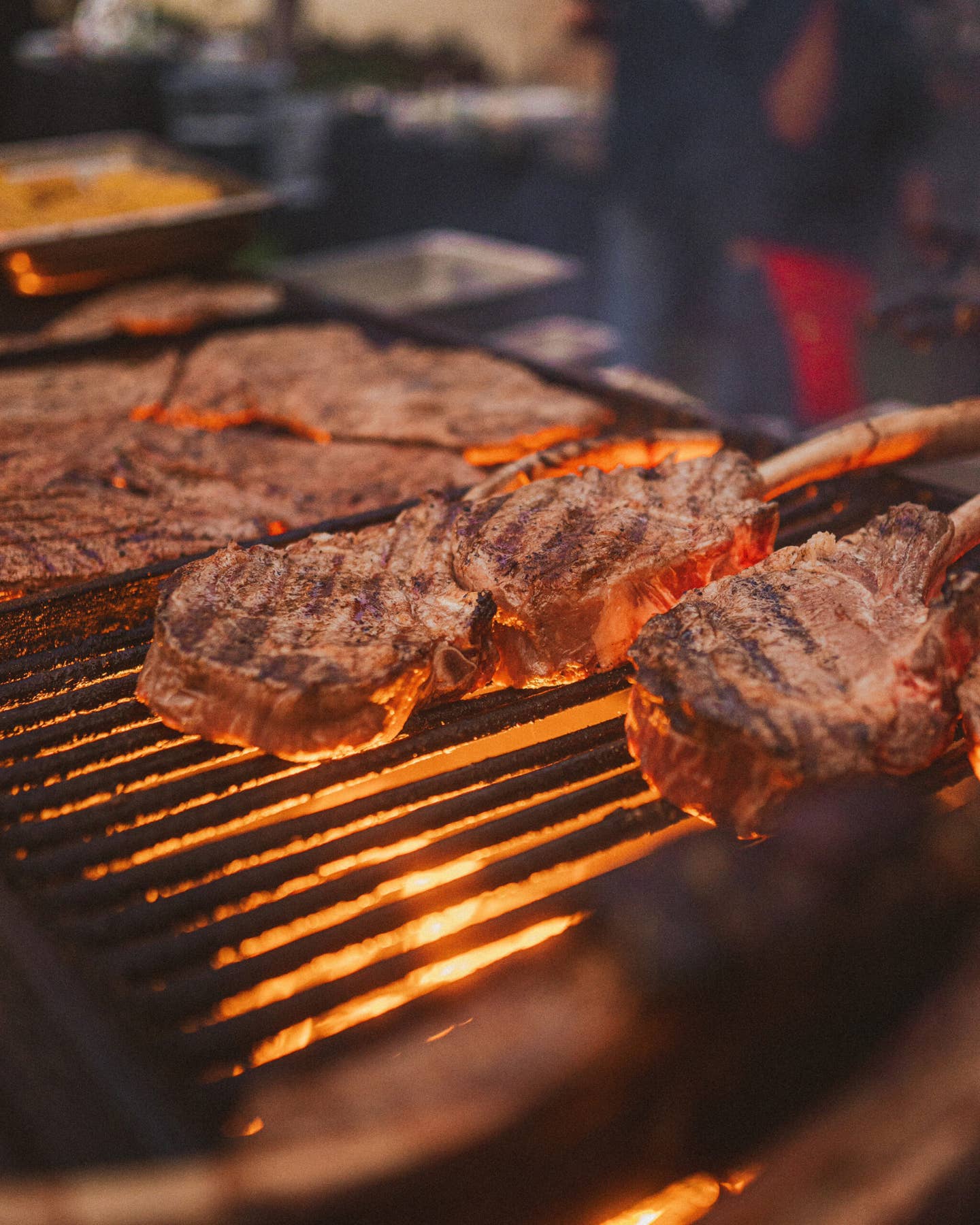
A Tool for Candymaking
Paraffin wax, an edible (though nonnutritive) petroleum-derived product used in making candles and also in canning, has long been treasured by candymakers for its ability to give chocolates a firmer texture, for the sheen it imparts to sugar-coated almonds and chocolate candy coatings (making the process of tempering—a technique by which chocolate is heated and cooled to make it glossy—unnecessary), and for the chewy consistency it lends to caramels and toffees. The product was a common ingredient in chewing gum until the turn of the 20th century and is still used for making novelty items like wax lips. Though it's rarely employed in commercially produced candies anymore (it's mostly been replaced by carnauba wax, which is derived from the leaves of a palm tree of the same name), paraffin wax remains an essential item for the home confectioner's pantry. I remember watching, when I was a child, as my mother shaved shards off of a brick of Gulf Wax, her preferred brand, to make her moist and chewy **Coconut Candy Bars. **The wax gave the candy bars' chocolate topping—my favorite part—a lustrous glow that made the sweet almost too beautiful to eat. Almost.
Keep Reading
Continue to Next Story










